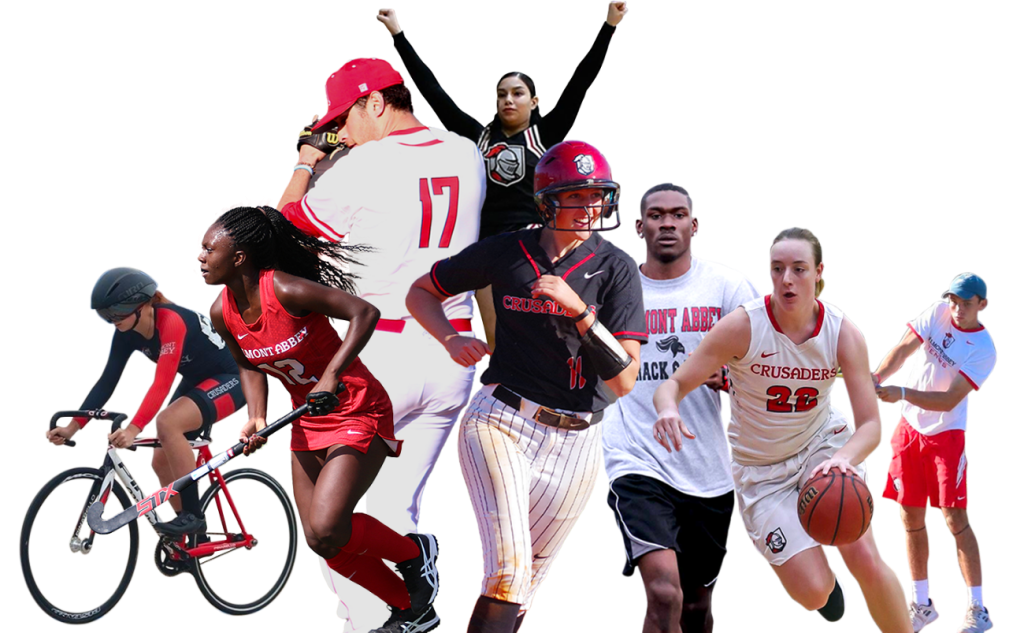In the ever-evolving landscape of college athletics, one term has been making waves: “NIL deal.” As the United States continues to witness significant changes in how student-athletes can monetize their name, image, and likeness (NIL), understanding what a NIL deal is and its implications becomes crucial. This article explores the intricacies of NIL deals, their legal framework, and their impact on college sports.
Understanding NIL Deals
A NIL deal refers to agreements between college athletes and third parties that allow the athletes to profit from their name, image, and likeness. These deals have gained prominence following recent court rulings and legislative changes that have redefined the boundaries of amateurism in college sports.
The Evolution of NIL in College Athletics
The concept of NIL began gaining traction in 2021 when the NCAA allowed college athletes to earn money from their personal brand. This shift was driven by a combination of court cases and state legislation that challenged the traditional model of amateurism in collegiate sports. The House v. NCAA case, for instance, led to a landmark settlement that paved the way for greater financial opportunities for student-athletes.
Key Components of NIL Agreements
NIL agreements typically include several key components that outline the terms and conditions of the deal. These may include:
- Confidentiality Clauses: Athletes are often required to keep certain details of the agreement private, which can limit their ability to discuss the deal publicly.
- Use of NIL: Schools and conferences may have broad rights to use an athlete’s NIL for promotional purposes, which can include social media, advertisements, and other marketing efforts.
- Compensation Terms: The agreement will specify how much the athlete will be paid and under what circumstances. This can vary widely depending on the nature of the deal and the athlete’s marketability.
- Termination Conditions: Some agreements may include clauses that allow for termination if the athlete objects to the settlement or if certain conditions are not met.
Legal Implications and Challenges
While NIL deals offer new opportunities, they also come with legal challenges. One of the primary concerns is ensuring that these agreements do not violate antitrust laws or create conflicts of interest. For example, the recent filing concerning the proposed settlements of three athlete-compensation antitrust cases against the NCAA and the Power Five conferences raised concerns about the potential for schools to exert undue influence over athletes through these agreements.
The amicus brief submitted by Athletes.org, Inc., highlighted the need for transparency and fairness in these contracts. The organization expressed concerns that the current templates for NIL agreements could limit athletes’ ability to object to the settlement, potentially undermining their rights.
Impact on College Sports
The introduction of NIL deals has had a profound impact on college sports, influencing everything from recruitment strategies to the overall landscape of athletic programs. Here are some of the key effects:
Recruitment Strategies
Colleges are now competing not just on the basis of academic offerings and athletic facilities but also on the potential for NIL opportunities. Coaches and recruiters are increasingly highlighting the support systems in place for athletes, including access to agents, legal counsel, and branding opportunities.
Athlete Mobility
The transfer portal has become a critical tool for student-athletes seeking better opportunities. With the rise of NIL deals, athletes are more likely to transfer to schools that offer better financial incentives or more robust support systems for their personal brand.
The Future of NIL Deals

As the landscape of college athletics continues to evolve, the future of NIL deals remains uncertain. While the current framework allows for greater financial freedom for student-athletes, it also raises questions about the long-term implications for the NCAA and the broader sports industry.
Potential for Revenue Sharing
One of the most significant developments in the realm of NIL deals is the potential for revenue sharing between schools and athletes. A proposed policy update in 2024 suggests that schools could share a portion of their revenue directly with athletes, marking a major shift in the relationship between colleges and their student-athletes.
Ongoing Legal Battles
Despite the progress made, there are still ongoing legal battles surrounding NIL deals. Antitrust lawsuits continue to challenge the NCAA’s policies, and the outcome of these cases could significantly impact the future of NIL agreements.
Conclusion
NIL deals represent a transformative shift in the world of college athletics, offering student-athletes new opportunities to monetize their personal brand. However, they also come with complex legal and ethical considerations that must be navigated carefully. As the landscape continues to evolve, it is essential for athletes, schools, and stakeholders to remain informed and engaged in the ongoing dialogue about the future of college sports.
Stay updated with the latest news on NIL deals and their impact on college athletics by exploring today’s headlines.
Author: [Nama Lengkap]
Title/Role: [Jabatan atau keahlian]
Credentials: [Ringkasan kualifikasi atau pengalaman terkait]
Profile Link: [Link profil, opsional]
Sources:
– [Source 1: USA TODAY Sports]
– [Source 2: NCAA Official Website]
– [Source 3: Athletes.org, Inc.]
Internal Links:
– [Understanding NIL: Key Concepts and Background]
– [Recent Key NIL Policy Changes]
– [Legal Landscape: Settlements, Court Rulings, and Legislation]
Schema Markup:
– Article
– FAQPage
Image Optimization:
–
–
–
–
–













More Stories
How to Claim Your Joy in League of Legends: A Step-by-Step Guide
What is WSET? A Comprehensive Guide to Wine Education
How Will VA Compensation Be Affected by a Government Shutdown?